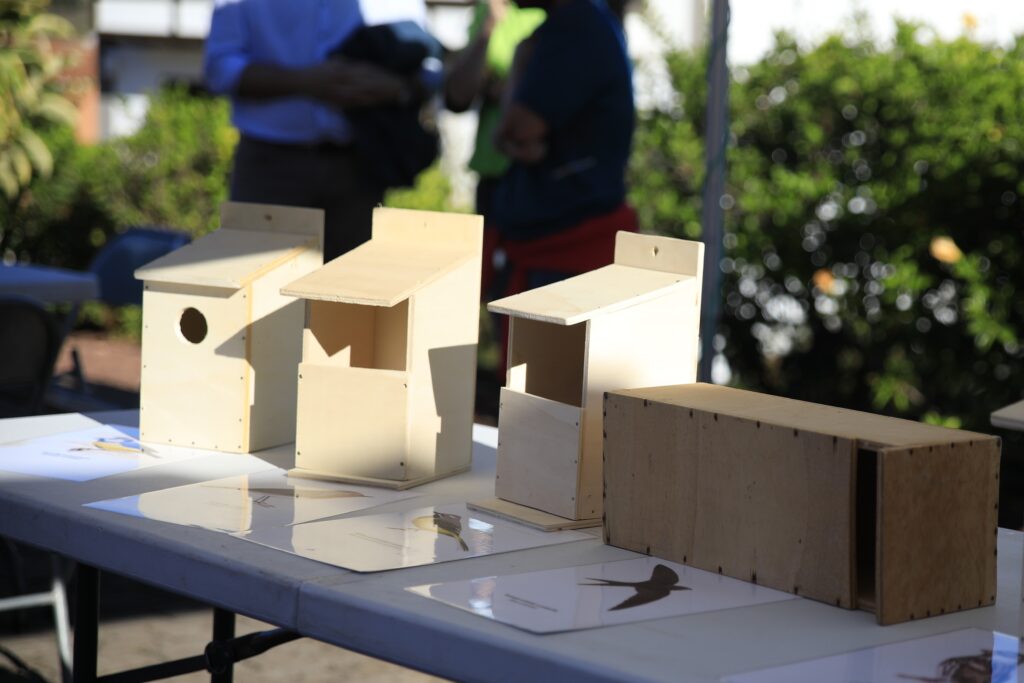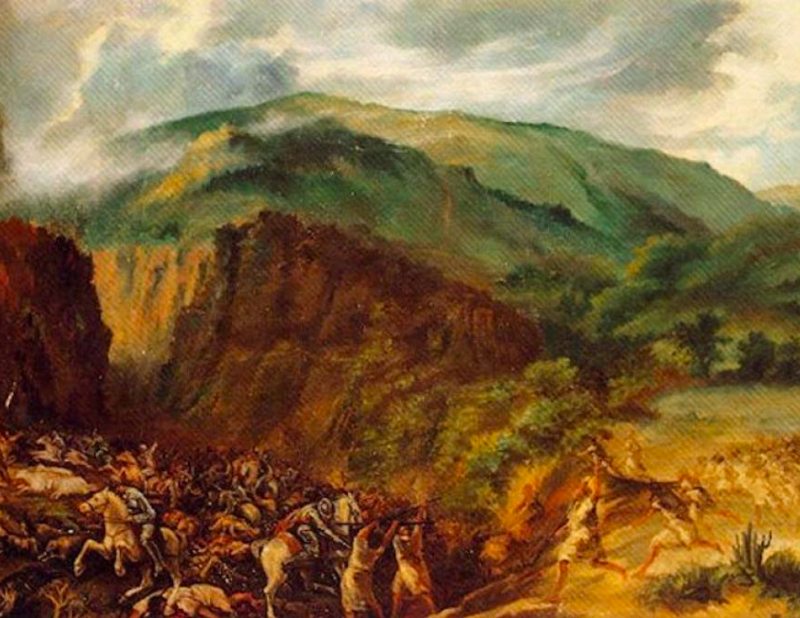Anaga Biofest – Festival en la Reserva de la Biosfera del Macizo de Anaga
Sustainability and volunteering
Generating positive impact in the territory
The festival works in parallel and in a complementary manner with local collectives and residents of the Anaga Massif Biosphere Reserve. This includes environmental volunteering and activities focusing on environmental education and awareness raising of natural and local cultural heritage. The goal is to reinforce the positive local impact of the festival, creating a vision of long term follow up and returns for the project.

Calculating the event’s carbon footprint
By calculating the emissions generated by the festival it is possible to know its impact and put in place mitigation and compensation measures. At every information point there is a QR code giving direct access to a survey regarding the carbon footprint of Anaga Biofest, data that was then systematised by the company Agresta. Just as in other editions, the goal of these calculations is to offset emissions in future editions through initiatives that create a positive impact in the territory, such as planting native trees, installing bird boxes, and other activities within the framework of the festival in the natural spaces that belong to the Anaga Biosphere Reserve.
Recovery of local native and endemic bird populations
The festival will include workshops to make bird boxes designed for the Canary Island blue tit and other local forest and farm birds in the Anaga Biosphere Reserve. Since the beginning of the project, more than 80 bird boxes have been placed in different locations in the Anaga Biosphere Reserve, as part of a variety of environmental education and birdwatching activities. This initiative will continue to be monitored into the future, with the goal of reinforcing its positive impact in the medium/long term.


Sustainable mobility during the event
As part of our commitment to sustainability, Anaga Biofest incorporates concrete actions to promote sustainable mobility during the event. Since 2022 we have implemented measures to promote the use of public and shared transport, as well as green modes of transport such as bicycles. In each festival venue, we offer a designated parking area for bikes, thus offering a green and sustainable alternative for travelling to the event. These initiatives not only contribute to reducing the carbon footprint of the festival, but they also promote a more healthy lifestyle that is more respectful of the environment, thus generating a positive impact in the long term
Recovering and preserving artisan crafts
Since its first edition, the Biofest programme has included different activities and workshops linked to artisan crafts such as pottery and basket-weaving, which have always been among the most popular among festival participants. Aside from the workshops, in some of the other activities, crafts other than those just mentioned have been showcased, such as calado (embroidery) and weaving on traditional looms, the latter of which is also the subject of a project to recover its use in Taganana.


Environmental volunteering to strengthen the positive footprint of the festival
Since the beginning of this project, there have been different activities involving local collectives and the Tenerife Island Government Office of Participation and Environmental Volunteering, combined with environmental education activities.
- Clean up walk along the trail that connects Tegueste with la Tejinetilla, on the right side of the Barranco Agua de Dios, as well as the charca (pool) El Manisero in Tejina (La Laguna), in collaboration with SEO Birdlife.
- Litter picking and environmental education in La Orilla and a circular route connecting this area with Tegueste’s historic centre, in collaboration with Club Montañeros de Nivaria.
- Litter picking in Las Peñuelas, Mesa Mota and Fuente del Cuervo, highlighting the importance of the land stewardship project in this area that borders the municipalities of Tegueste and La Laguna, in collaboration with the Grupo Montañero de Tenerife.
- Litter picking and awareness raising of the valuable ethnographic and archeological heritage along the trail linking the municipalities of La Laguna and Tegueste, with collaboration from the Tenerife Mountaineering Group.
Strengthening the social value and living memory of the Anaga mountains
This festival relies on the historical relationships between the rural areas of Tegueste, La Laguna and Santa Cruz, and the hamlets of Anaga. For this reason the programme includes specific relationship-building days for the neighbours of Pedro Álvarez (Tegueste) and some of the hamlets that lie within the Anaga Biosphere Reserve, such as El Batán and Las Carboneras. Neighbourhood groups, for instance from Taborno and Roque Negro, have also directly contributed to the design and management of ethnographic and heritage awareness-raising activities. These are events filled with emotion, in which memories and experiences of the past are re-lived, as a result of a participatory and ecosocial approach which is part of the essence of this project.


You can learn and play when it comes to aboriginal heritage
Different activities are envisaged to immerse participants in Guanche culture and the history of the municipalities of Tegueste and La Laguna within the Anaga Biosphere Reserve. A fun way for all visitors to learn about the unique archeological heritage of the Barranco de Dios ravine, declared a BIC (Asset of Cultural Heritage), as well as other heritage sites.
